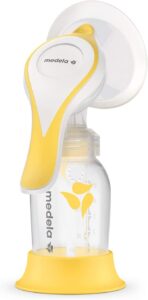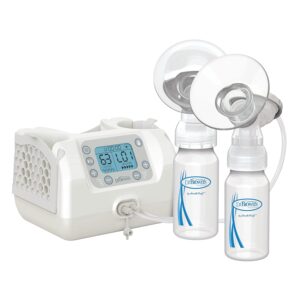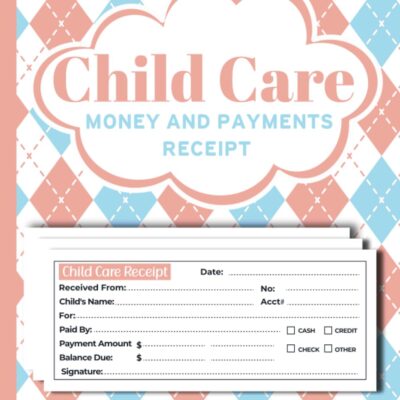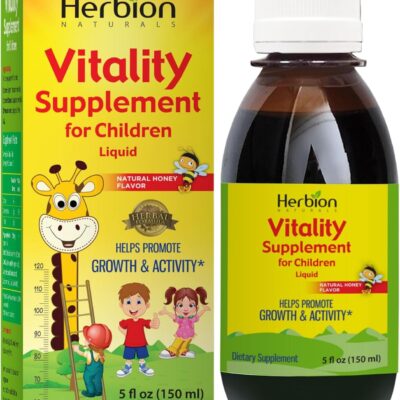
Pumping Breast Milk Efficiently can sometimes feel like a puzzle, but it doesn’t have to be overwhelming. Whether you’re trying to build a stash for when you go back to work or just want a break while still providing breast milk, knowing how to pump efficiently can save you time and stress. Let’s look at some easy and useful tips that will help you pump more efficiently and keep your milk supply steady.
Choose the Right Pump
Choosing the right pump is a game-changer. There are two main types of pumps: manual and electric. Here’s a quick breakdown to help you decide which one might be best for you:
1. Manual pumps

BUY NOW
$27.99
These are operated by hand and are best if you only need to pump occasionally. They’re lightweight, portable, and easy to use on the go. However, if you’re pumping regularly, your hand might tire from all that squeezing!
2. Electric pumps

BUY NOW
$98.00
Pumping Breast Milk Efficiently if you’re pumping frequently, an electric pump is the way to go. It does all the work for you and is much faster. A double electric pump, which can cut your pumping time in half and both breasts at the same time.
Also, pay attention to the flange size (the part over your breast). A poorly fitting flange can reduce milk flow and cause discomfort. Most pumps come in different sizes, so try them to find the one that fits you best.
Create a Pumping Schedule
Establishing a consistent pumping schedule is vital to keeping your milk supply up and pumping more efficiently. Just like your baby’s feeding routine, your body needs consistency. Pumping regularly helps signal to your body that it’s time to produce more milk.
If you’re exclusively pumping, aim to pump every 2-3 hours to mimic your baby’s natural feeding pattern. Even if you’re breastfeeding, try to pump at the exact times every day. Don’t worry if you’re not producing a lot of milk right away—stick to the schedule, and your supply will gradually increase.
For moms heading back to work, planning three pumping sessions during an 8-hour workday is helpful. This way, you can maintain your supply while away from your baby.
Get Comfortable and Relaxed
One of the most straightforward but overlooked tips for efficient pumping is comfort and relaxation. If you’re stressed or uncomfortable, it can slow down your letdown reflex, which is when the milk starts flowing. The more at ease you are, the better your body will respond.
Set up a cozy spot to pump. This could be a comfy chair with pillows to support your back and a space with privacy. Some moms find it helpful to watch TV, listen to music, or even scroll through pictures of their babies to help them relax.
Try taking a few deep breaths before pumping if you’re feeling tense. Simple relaxation techniques can improve your milk flow.
Optimize Pump Settings
Your pump likely comes with various settings for speed and suction. To pump efficiently, it’s essential to use these settings correctly. Here’s a basic guide:
- Start with stimulation mode: This mode mimics the quick sucking your baby does to stimulate letdown. It helps get your milk flowing.
- Switch to expression mode: Once your milk starts flowing, switch to expression mode, which uses slower, deeper suction to extract the milk.
When it comes to suction strength, more isn’t always better. Start at a comfortable level and gradually increase it, but never to the point of discomfort. The right combination of speed and suction can make a big difference in how much milk you pump in a short amount of time.
Use Hands-on Pumping
Want to get more milk in less time? Try hands-on pumping. This technique involves massaging and compressing your breasts while pumping, which can help empty your breasts more thoroughly and improve your milk flow.
Here’s how to do it:
- Before pumping: Massage your breasts gently to stimulate milk flow.
- During pumping, Use your hands to compress your breasts while the pump is working. Focus on the areas that feel the fullest and gently squeeze or massage them toward the nipple.
Hands-on pumping can be especially helpful if you’re trying to boost your supply or have limited time to pump. Many moms find they pump more milk per session when they use this technique.
Stay Hydrated and Nourished
Your body needs extra fuel and hydration to produce breast milk, so don’t forget to take care of yourself! Drinking enough water throughout the day is crucial for maintaining a healthy milk supply. A good rule of thumb is to drink a glass of water before and after each pumping session.
Eating a well-balanced diet is also essential. Pay attention to things that are high in nutrients, like whole grains, fruits, vegetables, and lean proteins. Some moms also find that lactation-boosting foods like oats, flaxseeds, and almonds help increase their milk supply. You can even try lactation teas or snacks designed to support milk production.
Store Milk Safely
After all that hard work pumping, you’ll want to ensure your milk is stored safely so it’s ready for your baby when needed. Here are some basic guidelines:
- Room temperature: You can keep freshly pumped breast milk at room temperature (77°F or cooler) for up to 4 hours.
- Refrigerator: Store milk in the fridge (at It can stay below 40°F for up to 4 days.
- Freezer: Breast milk can be frozen for up to 6 months, but it’s best to use it within three months for maximum freshness.
Always label your milk with the date and time you pumped it, and use the oldest milk first. When it’s time to feed your baby, warm the milk by putting the bottle in a basin of warm water or with another bottle warmer—avoid using the microwave, as it can create hot spots that could burn your baby.
Clean and Maintain Your Pump
To keep your pump working efficiently (and avoid any unpleasant surprises), ensure you’re cleaning it regularly. After each session, wash all the pump parts that come into contact with milk using warm, soapy water or use steam bags to sanitize them quickly.
If you’re on the go or pumping at work and don’t have time for a complete clean, you can store the Store pump components in a refrigerator ziplock bag between uses. This helps prevent milk from spoiling, and you can clean everything at the end of the day.
Regularly check your pump for wear and tear, especially the parts like valves and membranes. Worn-out parts can affect the suction and efficiency of your pump, so replacing them as needed will ensure it continues working smoothly.
Use Breast Compressions
Breast compressions are another simple technique for pumping more milk in less time. Pumping gently on your breasts will aid them in help the milk flow more easily and empty the breast faster.
To do this:
- Start by pumping normally.
- Once the milk flow starts to slow, use one hand to gently squeeze your breast, moving from the outer edges towards the nipple.
- Switch between different areas of the breast to make sure you’re fully emptying it.
This technique is beneficial if you’re trying to maximize milk output during each session.
Track Your Progress
Tracking your pumping sessions can give you valuable insights into your milk production. You can use an app or a simple journal to log how much milk you pump when you pump and how long each session takes. Over time, this can help you identify patterns and adjust your pumping routine if needed.
For example, you might notice that you produce more milk at certain times of the day or need to pump a bit longer to empty your breasts fully. Monitoring your improvement might also keep you inspired, especially if you’re dealing with supply issues or exclusively pumping.
Conclusion
Pumping breast milk efficiently doesn’t have to be complicated. By following these simple tips—choosing the right pump, creating a schedule, staying comfortable, and using techniques like hands-on pumping and breast compressions—you can make the process smoother and faster, all while maintaining a healthy milk supply.
Remember, every mom’s breastfeeding journey is unique, so Don’t hesitate to try several approaches to discover which one suits you most. The more relaxed and confident you feel, the more efficient your pumping sessions will become. Happy pumping!
If you want to buy #1 Philips AVENT Natural Baby Bottle with Natural Response , Click Here Now





